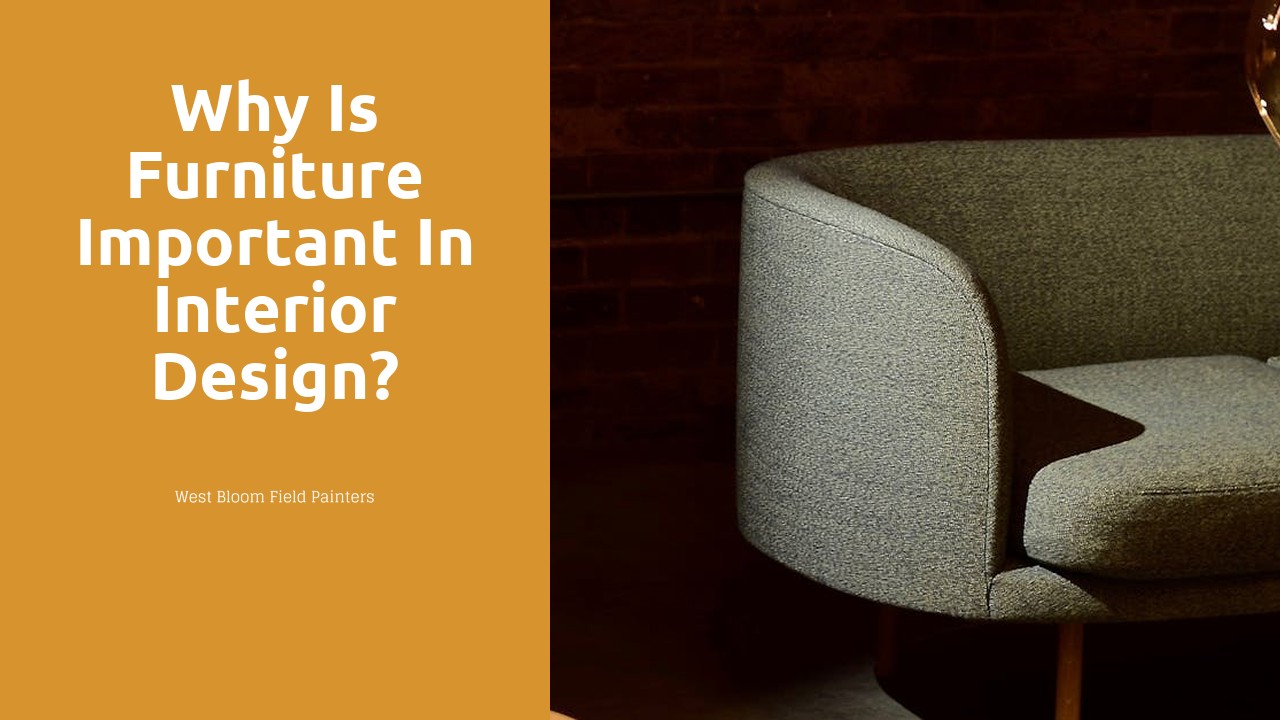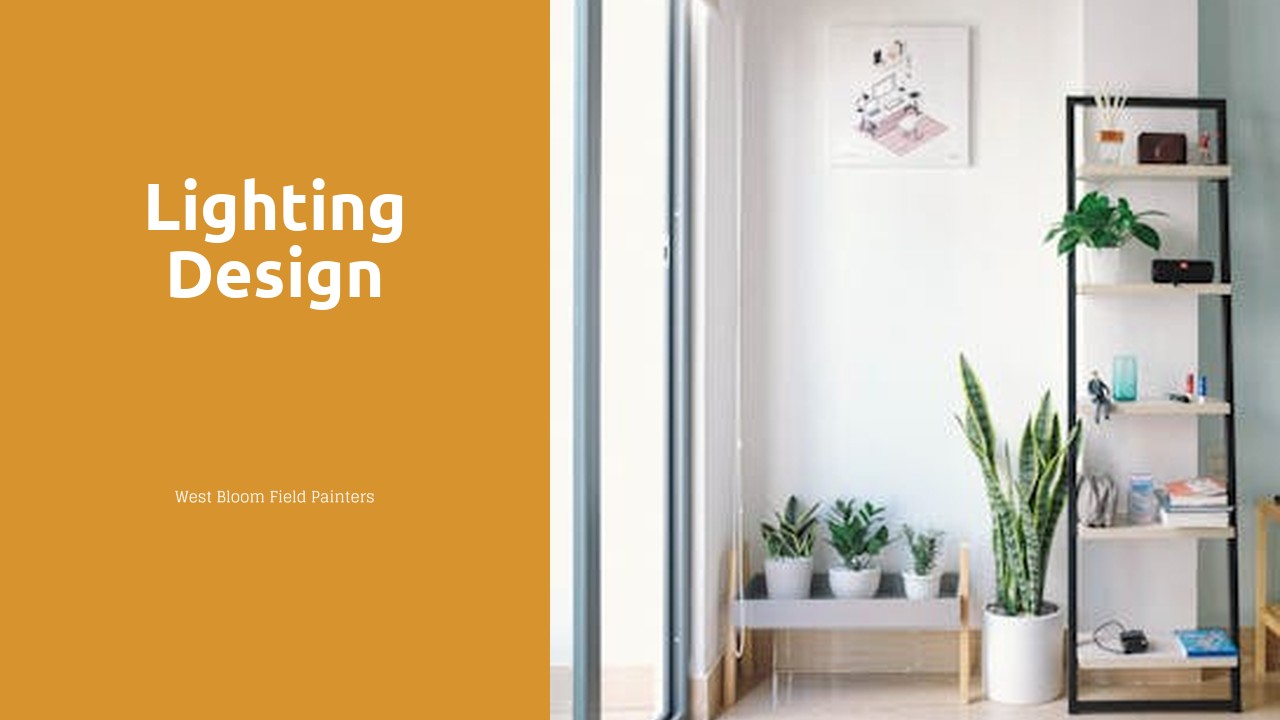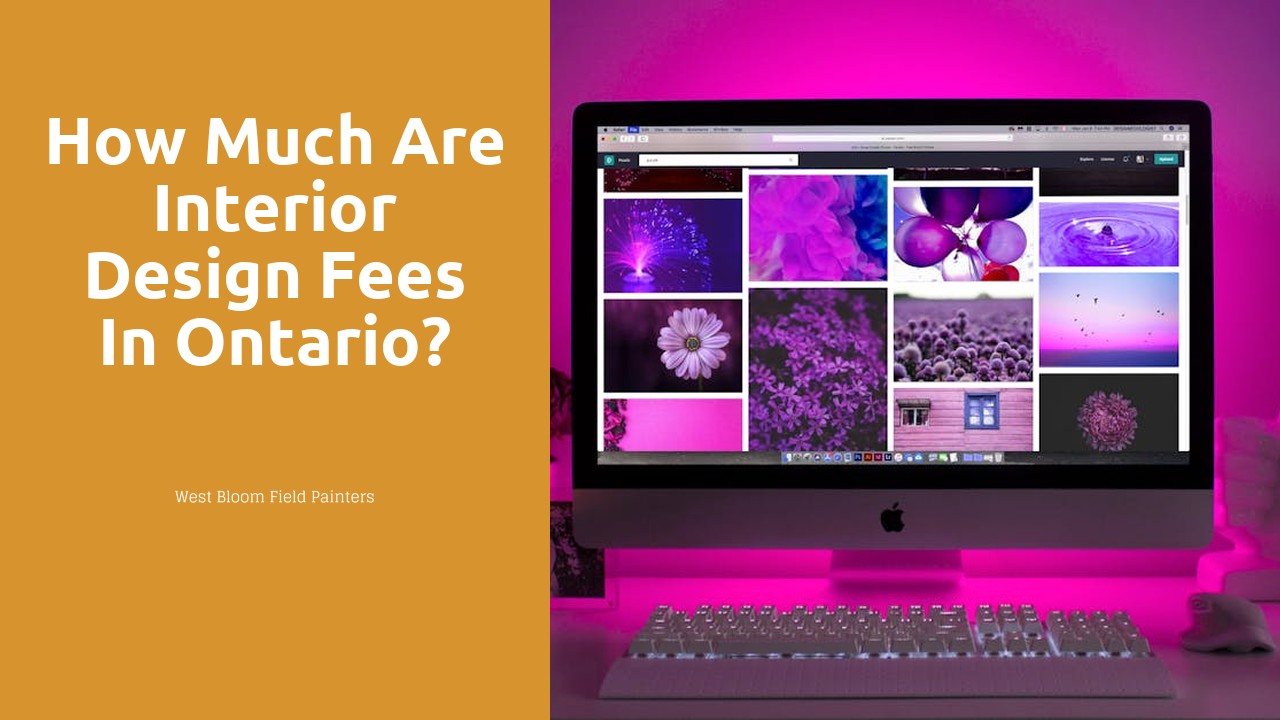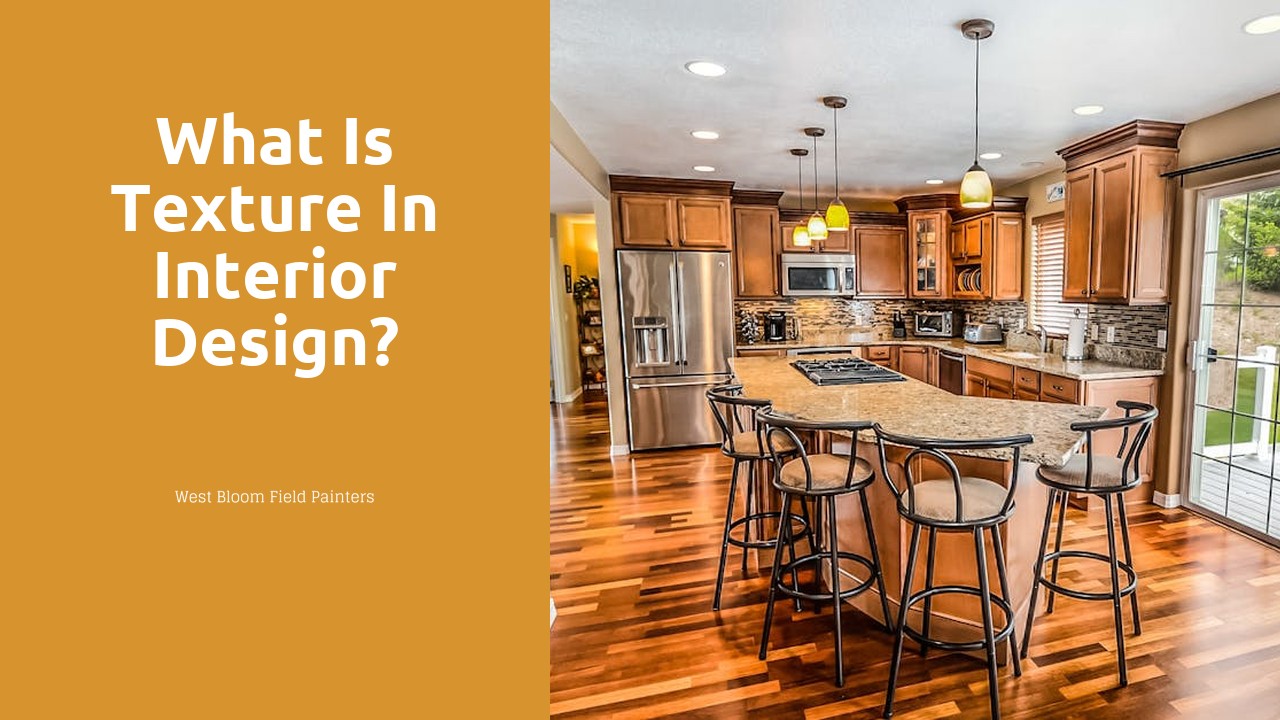
Table Of Contents
Furniture Material Choices
Selecting the right materials for furniture is a crucial aspect of interior design. Whether you opt for wood, metal, glass, or a combination of materials, each choice contributes significantly to the overall aesthetic and functionality of a space. The materials utilized in furniture pieces interplay with other elements in a room, such as Lighting Design in Newmarket, to create a cohesive and harmonious environment.
Wood is a popular choice for furniture due to its versatility and timeless appeal. It can range from light, warm tones to rich, dark finishes, allowing for a wide variety of design possibilities. Conversely, metal furniture exudes a more modern and industrial look, often providing a sleek and contemporary feel to a space. Glass furniture, on the other hand, adds an element of sophistication and airiness, making rooms feel more spacious and open. When choosing furniture materials, it is essential to consider both the visual impact and the practicality of the materials in relation to the overall design concept.
Impact on Aesthetics and Durability
Furniture plays a crucial role in enhancing the aesthetics of interior spaces and determining the overall ambiance of a room. The choice of furniture material can greatly impact the visual appeal and durability of a space. For instance, opting for hardwood furniture can bring a sense of sophistication and warmth to a room, while also ensuring longevity and durability. Conversely, furniture made from materials such as glass or metal can imbue a modern and sleek look to a space, adding a touch of contemporary elegance. The careful selection of furniture materials is essential in creating a cohesive and visually pleasing environment, where each piece contributes to the overall design scheme. Lighting Design in Quinte West must complement the chosen furniture materials to further enhance the aesthetics of the space and create a harmonious balance between light and furniture elements.
Furniture Placement Strategies
One of the key components of interior design is the placement of furniture. Properly arranging furniture can significantly impact the overall look and feel of a space. When planning the layout, consideration should be given to the function of the room, the traffic flow, and the focal points within the area. Additionally, taking into account the size and scale of each piece of furniture is essential to ensure a balanced and harmonious arrangement. Lighting Design in Innisfil can also play a crucial role in determining the placement of furniture as it influences the mood and atmosphere of the room, further enhancing the overall design aesthetic.
Incorporating furniture strategically can maximize both the functionality and visual appeal of a space. By creating designated areas for specific activities, such as conversation or relaxation, furniture placement can define the purpose of each area within a room. This can help to optimize the flow of the space and create a cohesive design that is both practical and visually pleasing. When considering the placement of furniture, it is important to also take into account any architectural features or focal points in the room, as these elements can guide the arrangement and create a sense of balance and harmony. Lighting Design in Innisfil should be integrated into the overall furniture placement strategy to illuminate key areas and highlight design elements effectively.
Optimizing Flow and Functionality
When considering furniture placement in interior design, optimizing flow and functionality are key aspects. In a space such as a living room or dining area, ensuring there is enough clearance between furniture pieces can enhance the flow of movement within the room. By strategically placing furniture to allow for easy navigation, the functionality of the space is increased, making it more practical and user-friendly.
Lighting design in Innisfil also plays a crucial role in optimizing flow and functionality within a room. Proper lighting can highlight furniture pieces, create a cohesive ambiance, and improve the overall functionality of the space. By strategically incorporating lighting fixtures, such as overhead lights, floor lamps, or task lighting, the flow of the room can be enhanced, making it a more comfortable and inviting environment.
Furniture Trends in Interior Design
Furniture trends in interior design are ever-evolving, reflecting shifts in style preferences and technological advancements. Incorporating modern and timeless pieces has become a popular approach, blending contemporary aesthetics with classic design elements. This fusion creates a harmonious balance in the living space, offering a versatile and sophisticated appeal that stands the test of time. Lighting Design in Welland plays a crucial role in highlighting these furniture trends, illuminating spaces to showcase their beauty and functionality. Lighting fixtures can work in unison with furniture choices to create ambiance and accentuate key features within the room. By strategically placing lighting elements, designers can draw attention to specific pieces of furniture and enhance the overall visual impact of the space.
Incorporating Modern and Timeless Pieces
When it comes to interior design, incorporating modern and timeless furniture pieces can significantly impact the overall aesthetic and feel of a space. Designers often combine contemporary elements with classic, enduring furniture to create a harmonious blend that stands the test of time. This approach not only adds depth and character to a room but also ensures that the design remains relevant and appealing for years to come. For instance, pairing a sleek, modern sofa with a vintage coffee table can create a striking contrast that elevates the overall look of a living area. This juxtaposition of styles adds visual interest and complexity to the design scheme, making the space more engaging and inviting for residents and guests alike. In the context of Lighting Design in Georgetown, incorporating a mix of modern and timeless furniture pieces can enhance the ambiance and functionality of the space, creating a cohesive and visually appealing environment.
FAQS
How does furniture material choice impact interior design?
The material choice of furniture can significantly affect the aesthetics, durability, and overall feel of a space. Different materials like wood, metal, glass, or fabric can each bring a unique style and texture to the room.
What are some strategies for placing furniture in a room?
When placing furniture in a room, consider the flow of the space, the functionality of the furniture, and the visual balance. Be mindful of proportions, leave enough space for movement, and create designated areas for different activities.
Why is furniture placement important in interior design?
Furniture placement plays a crucial role in optimizing the flow and functionality of a space. Properly arranged furniture can enhance the usability of a room, create a welcoming atmosphere, and improve the overall design aesthetic.
How can furniture trends influence interior design choices?
Furniture trends can inspire new design ideas, introduce innovative styles, and help in creating a contemporary look. By incorporating modern or timeless furniture pieces, you can stay updated with the latest design trends and add a fresh touch to your space.
What are some ways to incorporate both modern and timeless furniture pieces in interior design?
To blend modern and timeless furniture pieces, consider mixing different styles, materials, and textures. Choose classic pieces as a foundation and then add modern accents to create a harmonious balance between the past and the present in your interior design.





